解説 / Description
フウライチョウチョウウオは、白地に斜めの線が交差する山形模様が特徴的な、チョウチョウウオ科の魚です。その広範な分布域と多様な環境への適応能力から、チョウチョウウオの中では比較的丈夫で飼育しやすく、「入門種」として名前が挙がることが多いです。しかし、その食性は雑食性でサンゴのポリプやイソギンチャクも食べるため、サンゴ水槽には全く適していません。成魚はペアで縄張りを持つため、同種に対しては攻撃的になることがあります。導入初期は臆病な面を見せるため、落ち着いた環境でじっくりと餌付けを行うことが長期飼育の鍵となります。 The Vagabond Butterflyfish (*Chaetodon vagabundus*) is a species of butterflyfish characterized by its white body with intersecting diagonal lines forming a chevron pattern. Due to its vast distribution and adaptability to various environments, it is considered relatively hardy for a butterflyfish and is often cited as a “beginner species” for the family. However, its omnivorous diet, which includes coral polyps and anemones, makes it entirely unsuitable for reef aquariums. Adults form pairs and can be territorial towards their own kind. They can be shy when first introduced, so patient feeding in a calm environment is key to long-term success.
基本情報 / Basic Information
| 学名 / Scientific Name | Chaetodon vagabundus (Linnaeus, 1758) |
|---|---|
| 通称 / Common Name | フウライチョウチョウウオVagabond Butterflyfish, Crisscross Butterflyfish |
| 分類 / Family | チョウチョウウオ科 (Chaetodontidae)Chaetodontidae |
| 英名 / English Name | Vagabond Butterflyfish |
| 分布 / Distribution | インド洋、太平洋Indo-Pacific |
| 最大体長 / Max Size | 約23cm(飼育下では15cm程度)Approx. 23 cm (typically 15 cm in captivity) |
| 寿命 / Lifespan | 5年以上5+ years |
飼育環境 / Aquarium Environment
| 水槽サイズ / Tank Size | 活発に泳ぎ回るため、単独飼育でも最低340L(90cm規格水槽)を推奨します。ペアで飼育する場合は、縄張り争いを避けるために470L(120cm規格水槽)以上のより大きな水槽が必須です。As an active swimmer, a minimum of 340L (a 90cm standard tank) is recommended even for a single specimen. For a pair, a larger tank of 470L (a 120cm standard tank) or more is essential to avoid territorial disputes. |
|---|---|
| 水温 / Temperature | 24℃〜26℃ |
| 水質 / Water Quality | 比重: 1.020-1.025, pH: 8.0-8.4。水質の悪化に敏感なため、清浄で安定した環境を維持してください。Specific Gravity: 1.020-1.025, pH: 8.0-8.4. Maintain pristine and stable water quality as they are sensitive to deterioration. |
| レイアウト / Layout | 導入初期は臆病なため、安心して隠れられる洞窟や岩陰をライブロックで豊富に作ってください。同時に、広々とした遊泳スペースも確保することが重要です。Initially shy, it’s crucial to provide plenty of caves and hiding spots with live rock for security. At the same time, ensuring ample open swimming space is important. |
| 注意点 / Precautions | 【サンゴ水槽では飼育不可】雑食性でサンゴのポリプ、イソギンチャク、ケヤリなどを捕食するため、サンゴ水槽には絶対に適していません。魚のみを飼育するFOWLR水槽が理想です。[Not Suitable for Reef Tanks] This species is absolutely not suitable for reef aquariums as it is an omnivore that preys on coral polyps, anemones, and feather duster worms. A Fish-Only-With-Live-Rock (FOWLR) system is ideal. |
餌と給餌 / Feeding
| 餌の種類 / Diet | 雑食性。冷凍のイサザアミなどの動物質の餌と、スピルリナや海苔を含む植物質の人工飼料をバランス良く与えます。Omnivorous. Provide a balanced diet of meaty foods like frozen mysis shrimp and artificial foods containing vegetable matter like spirulina and nori. |
|---|---|
| 給餌のポイント / Feeding Tips | 導入初期は餌付けに苦労することがあります。殻付きのアサリなどで食欲を刺激するのが効果的です。1日に1〜2回、少量ずつ与えてください。It can be challenging to feed when first introduced. Using clams on the half shell is effective for stimulating appetite. Feed small amounts once or twice a day. |
性格と混泳 / Temperament and Tank Mates
| 性格 / Temperament | 他種の魚に対しては比較的温和ですが、同種や体型が似たチョウチョウウオには強い攻撃性を示します。飼育は単独か、確立されたペアのみに限定すべきです。Relatively peaceful towards other fish species, but highly aggressive towards its own kind and similarly shaped butterflyfish. It should be kept singly or as a confirmed pair only. |
|---|---|
| 混泳の相性 / Compatibility | ヤッコ類やハギ類など、サイズが同程度で極端に臆病でない魚との混泳に適しています。動きが非常に遅い魚や、臆病すぎる魚との混泳は避けてください。Suitable for community tanks with fish of similar size that are not overly timid, such as angelfish and tangs. Avoid very slow-moving or overly shy fish. |
病気と対策 / Diseases and Prevention
| かかりやすい病気 / Common Diseases | チョウチョウウオ科全般に共通しますが、特に白点病に非常に罹患しやすいです。ストレスや水質の悪化が主な引き金となります。Common to the butterflyfish family, it is particularly susceptible to Marine Ich (Cryptocaryon irritans). Stress and poor water quality are the main triggers. |
|---|---|
| 対策と予防 / Prevention | 新規導入個体の徹底した検疫が最も重要です。安定した水質を維持し、殺菌灯を設置することも白点病予防に非常に効果的です。Thorough quarantine of new individuals is the most critical preventative measure. Maintaining stable water quality and using a UV sterilizer are also very effective for Ich prevention. |
増やし方(繁殖) / Breeding
| 繁殖形態 / Reproduction | 卵生で、繁殖期にはペアを形成し、水中に浮遊性の卵を放出します。Oviparous, forming pairs during the breeding season and releasing pelagic eggs into the water column. |
|---|---|
| 繁殖のポイント / Breeding Tips | 飼育下での繁殖は確立されておらず、非常に困難です。市場に流通する個体はすべて天然採集個体です。Captive breeding is not established and is extremely difficult. All individuals available in the market are wild-caught. |
特徴的な行動と豆知識 / Behavior and Fun Facts
| 特徴 / Characteristics |
【風来坊の由来】和名の「フウライ」や英名の「Vagabond(放浪者)」は、幼魚が海流に乗って広範囲に分散する生態に由来します。しかし、成魚はペアで縄張りを持つ定住生活を送ります。 【死滅回遊魚】日本では、夏に黒潮に乗って本州沿岸に現れますが、冬の水温に耐えられず死滅してしまう「死滅回遊魚」として知られています。 【見分け方】よく似たトゲチョウチョウウオとは、背ビレの軟条が糸状に伸びないことで区別できます。 【Origin of “Vagabond”】Its Japanese name “Furai” (wanderer) and English name “Vagabond” originate from the ecology of its juveniles, which disperse over a wide area on ocean currents. However, adults lead a sedentary life, forming pairs and holding territories. 【Seasonal Migrant in Japan】In Japan, it is known as a “dead-end migrant,” appearing along the coast of Honshu in the summer via the Kuroshio Current, but perishing in the winter as they cannot withstand the cold temperatures. 【Identification】It can be distinguished from the similar Threadfin Butterflyfish (*C. auriga*) by the absence of a long, filamentous dorsal fin ray. |
|---|
まとめ / Conclusion
フウライチョウチョウウオは、チョウチョウウオの中では比較的丈夫で飼育しやすいですが、その成功は適切な環境提供にかかっています。大型のFOWLR水槽、忍耐強い餌付け、そして白点病への対策が不可欠です。 The Vagabond Butterflyfish is relatively hardy for a butterflyfish, but its successful keeping depends on providing the right environment. A large FOWLR tank, patient feeding, and preventative measures against Ich are essential.
その要求を満たすことができるアクアリストにとって、本種は長期にわたりその魅力を存分に発揮してくれる、挑戦する価値のある魚となるでしょう。For the aquarist who can meet these requirements, this species will prove to be a worthwhile challenge, fully displaying its charm for a long time.
▶ 記事の生体をAMAZONで買う ▶ 記事の生体をYahooで買う

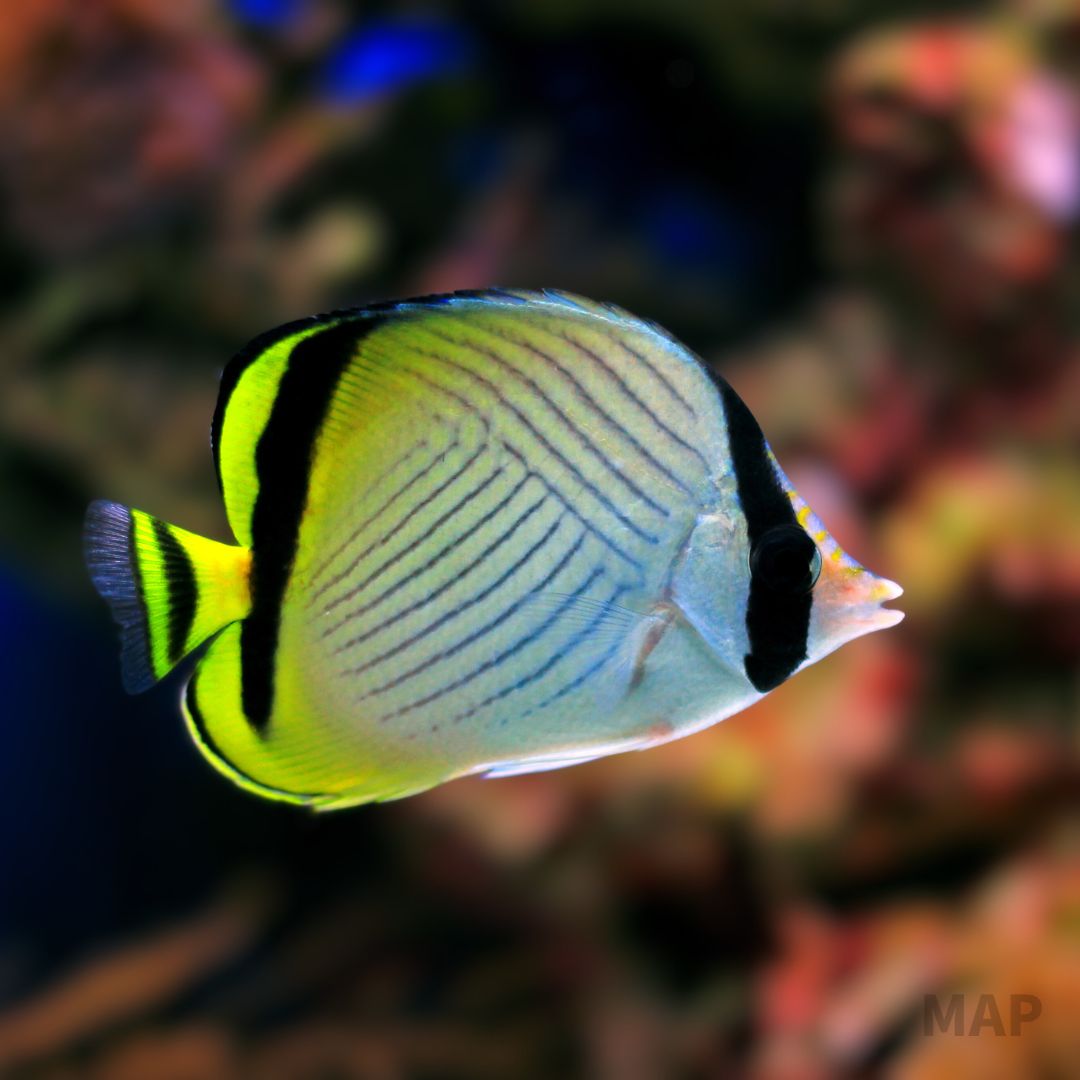

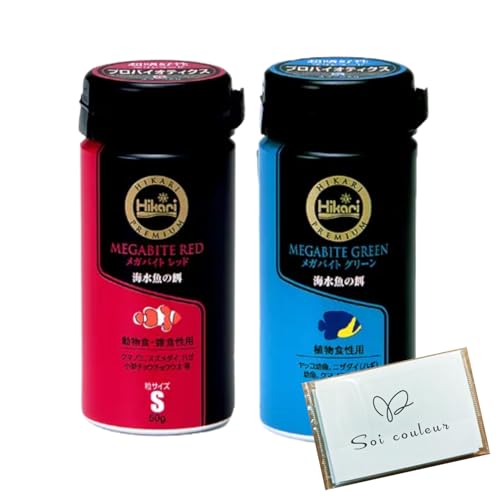




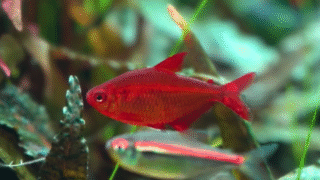
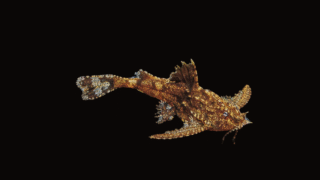
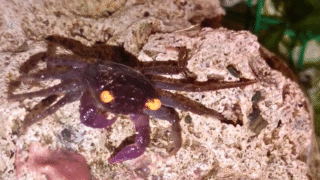
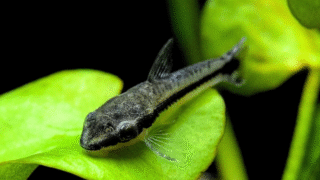
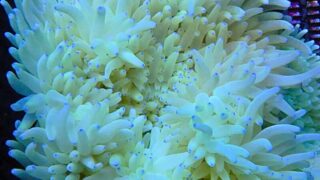
コメント